150 year old bonsai tree
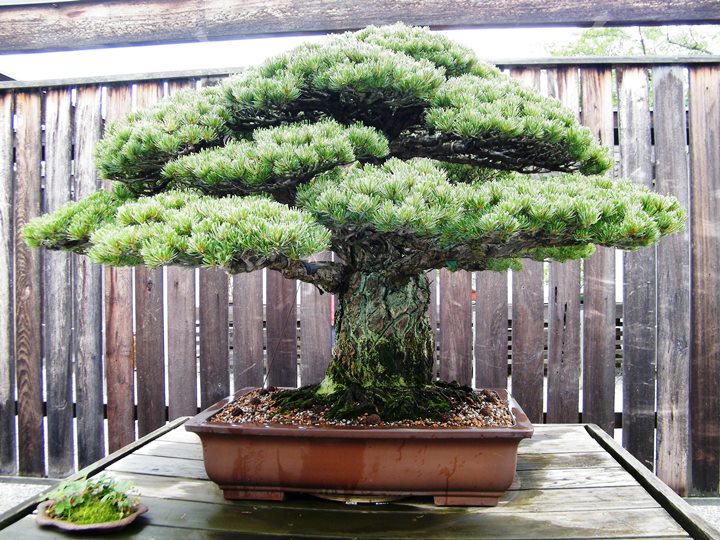 Top 5: Oldest Bonsai trees - Bonsai Empire
Top 5: Oldest Bonsai trees - Bonsai Empire5 oldest Bonsai trees in the worldIntroduction The practice of cultivating and cultivating bonsai originated in China despite being associated with the Japanese. It started in China at 700 A.D. and in 1333 A.D. was introduced in Japan. The Japanese not only adopted the practice and art of the bonsai, but refined these techniques therefore the birth of a meticulous and obsessive form of art. To become a bonsai master, you need to have years about years of constant practice in the growth of a variety of bonsai. You must possess not only the skills to create bonsai trees, but also the heart and patience to perfect your art. And, of course, simply forming a tree to become a bonsai has been training for years. He's been careful for years to master the art of bonsai. Bonsai trees can take years to form and train and, in most cases, tree growth is even deliberately stunned to achieve a specific design or shape. Bonsai trees are extremely delicate especially the oldest bonsai specimens. Even the least amount of negligence will ruin or kill a bonsai. The oldest bonsai specimens, on the other hand, are very rare and have no price. Most of them are appreciated heirs and are found in museums, gardens and palaces. The oldest bonsai trees in the world It is believed that the oldest bonsai specimens in the world have at least 800 years and this is only an estimate. This is because going out with a fragile old specimen of bonsai trees can damage it. The age of most ancient bonsai trees is usually calculated and is based on any available registration, tree type, and trimming style. It is also impossible to go out with some of the oldest bonsai trees in the world because some of them are found in Japanese private collections and abroad. The following are five of the oldest and still alive bonsai trees in the world.1) Chabo Hiba Cipreses 200 years old OldThe Chabo Hiba Cypresses is believed to be at least 200 years old and this is found in Arnold Arboretum of New England at Harvard University. The kind of tree used to make this bonsai is even practically extinct. This is also called ciprés hinoki and known as the oldest bonsai in the world. Many chabo hiba specimens can be one or two forms: the "Nakasu" style that imitates Mount Fuji in its conical form and the "Jikka" shape that is meant to represent a tree next to the lake with branches that overwhelm the water. The bonsai specimens found in the Arnold Arboretum are part of the Larz Anderson Collection. During the Taft government, Larz Anderson was an ambassador to Japan. Because of its position, it has managed to collect rare and priceless bonsai trees. Larz's widow donated Arnold Arboretum after Anderson's death. The experts at the Arboretum were able to give the trees excellent attention but little aesthetic attention until Connie Derderian was appointed honorary curator. Derderian worked hard to restore the centenary bonsai. In addition to taking care of the Larz collection, he also managed to train the current curator, Dr. Peter Del Tredici, Chief Research Scientist of Arboretum, on how to take care of the collection without price. The seven specimens Larz collected were believed to be between 150 and 275 years. Surviving specimens consisted of Hinoki Cypress (Chamaecyparis obtuse), a variety of trees that is now rare and almost unknown in the current bonsai culture. Apart from the Cipresses, the ensemble also like several Acer palmatum and a Pinus parviflora in the collection. Currently, the bonsai Larz collection is still shown in the Arboretum and is affectionately cared for by its expert curator and staff. According to a published work by Colin Lewis Bonsai Art The Larz Anderson Collection, the most staff did was re-pot, change the soil recipe and improve the diet. The staff also made sure that the trees have gained their vigor before they were subjected to training2) El Bonsai de Pino Rojo en Akao Herb & Rose Garden Akao Herb & Rose is a natural garden of 163 acres covering the port of Spaguara to Mount Soga. This garden is located 230 meters above sea level and is home to exotic plants, roses and bonsai trees. It has the oldest but one of the world's largest bonsai specimens that is over 600 years old. The red pine bonsai in the grass of Akao & Rose Garden rises over sixteen feet tall and extends over thirty feet wide. And like any bonsai tree, this giant bonsai lives in a pot that is not an ordinary planter. It is a massive planing bed installation that is located near the Zen landscape of the back. This tree is spectacular with five green plums that spring from the base instead of a massive spray, and a support structure had to be placed in one of the plums to keep it intact. The red pine bonsai in this very popular garden a primary attraction, but there are also more notable facilities here. For example, there are 10 types of gardens that are lined with herbs and roses. The Italian garden is one of the most popular with beautiful fountains and landscapes cut and grass gardens, the British Rose Garden, the Japanese Tenshou Garden and other famous garden facilities. The garden of Tenshou Japanese-Style is where the world's largest bonsai is called 'The Pine of the Phoenix. ''' The Pine of the Phoenix' is a majestic life test that bonsai can last a long time when it takes care of and gives the best environment of growth. Today, this gigantic bonsai is in perfect health with several leaf plums growing in different directions. Large canopies of leaves grow vertically with a single crown at the top. Some branches have grown in the form of cascade but probably due to the heavy weight of the branches and leaves. The tree has become a size that is now impossible to move or reposition. It is now based on direct sunlight but, however, it remains healthy and strong.3) The Yamaki Pina in the National Arboretum The National Arboretum in the United States is the home of Pina Yamaki, a copy that is at least 375 years old. This bonsai tree has survived a series of natural disasters and even the bombing of Hiroshima in the Second World War. The white pine was donated to the Arboretum by the Yamaki family as part of Japan's bicentennial gift. This miraculous bonsai tree was only two miles from the detonation of "Little Child", the bomb fell on Hiroshima but surprisingly it was completely without damage to the explosion. The variety of pine used is incredibly rare and appreciated by the bonsai training due to its strength and strength. It has already been 28 years and Pino Yamaki is still high and healthy at the National Bonsai and Penjing Museum in the United States National Arboretum in Washington D.C. The white pine is now at the entrance of the Japanese museum pavilion. He was one of the guests of honor during the 70th anniversary of the bombing of Hiroshima celebrated at the museum in 2016. Pino Yamaki is a beautiful tree with a single trunk. This unique trunk is branched to form plums of bright green leaves. This pine looks fantastic all year, especially during the winter. This grows in a large pot of ceramic with a natural tone that complements its lush green plums of leaves.4) Happo-en means "a garden that is beautiful from all angles." This is a garden and tea house in Tokyo, Japan. Happo-en has a variety of bonsai specimens even trees that are over 200 years old. It is said that the oldest bonsai in this collection may have been around for as many as eight centuries. The garden itself is said to be one of the oldest gardens in the city and dates back to the first time of Edo. Bonsais can be found in almost all areas of the garden. The Bonsai road in this garden is a wonderful experience. Among the most remarkable bonsai in this garden are the Yezo bee and the Chinese annibor that is believed to be about 500 years old. These charming specimens have greeted guests for many years. A similar Chinese juniper bonsai tree still thrives at Mansei-en bonsai nursery in Omiya Bonsai Village. This tree is believed to be about 1,000 years old. The nursery where this massive bonsai sits is owned by the Kato family. It was said that this bonsai tree of Chinese junior was picked up from the savages of Japan. The tree is very healthy with its massive trunk and low-cost branches due to its weight. This bonsai has amazing leaf plums that remain perfect despite being cultivated under direct sunlight. It is sure that extra care is exercised when taking care of these trees. Another bonsai tree also lives in the Mansei-en and this is the 700-year-old Shimpaku juniper who is also in perfect health and still grows up to today.5) Sandai Shogun no Matsu Bonsai The Sandai Shogun no Matsu, which means "Tokugawa's third-generation pin", is a specimen that has passed through the Japanese emperor's line for 500 years. The Sandai has been lovingly cared for by many emperors, but derives its name from Tokugawa Iemitsu. Iemitsu got the tree when he was already at least 200 years old. He was obsessed with taking care of this tree that neglected his duties as shogunate. The Sandai Shogun no Matsu remains part of the Tokyo Imperial Palace collection today, but sadly, it is not in its complete glory. During World War II, the national bonsai collection was neglected. It is believed that it will take more years to repair the damage caused by neglect. It is currently shown at the Imperial Palace in Tokyo as a prized collection. The Sandai- Shogun-No Matsu is considered one of Japan's National Treasures. It is a five needle pine and has been planted in 1610. The first known report of the existence of this bonsai tree was made in 1692 by George Meister. Today, the Sandai-Shogun-No Masa is one of the most beautiful and oldest bonsai species in the world. It receives real treatment when it is watered, fertilized and pruned by the staff of the Imperial House. And because of his great care, there is no doubt that this bonsai will last more than 500 years. ConclusionThe growth of Bonsai is one of Japan's most famous forms of art and with the understanding of this art comes the knowledge of caring for and cultivating bonsai. The process of caring and perfecting the bonsai can take years, even decades and centuries to perfection, so, at most, a perfect bonsai plant can have decades of antiquity. It is important to understand the time constraints of taking care of a particular bonsai plant. Apart from this, the right food, irrigation and styling come later. The five oldest bonsai trees have achieved greatness and fame due to the real dedication of the owners, trained staff and curators. You can also make your own bonsai trees that will last a long time when you care about it and give it a lot of space or space to grow healthy and strong. These five older bonsai trees are exceptionally healthy until today. And with good training and the best skills and a good understanding of the things your tree needs, it won't be long Copyright 2020 Bonsai Tree Gardener
What does a 150 year old Bonsai look like? : pics

rare 150 year old bonsai tree | Bonsai tree, Bonsai, Bonsai plants
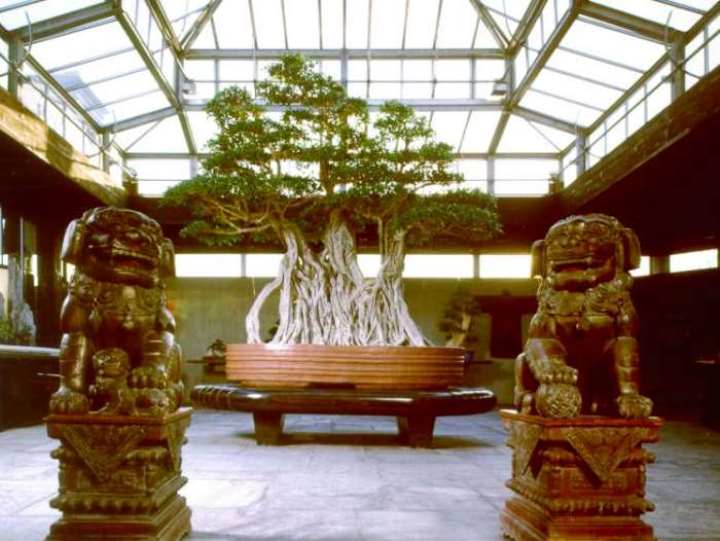
Top 5: Oldest Bonsai trees - Bonsai Empire

150 year old Bonsai | Bonsai tree, Indoor bonsai, Indoor bonsai tree
What does a 150 year old Bonsai look like? : pics
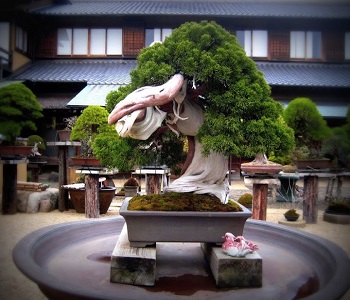
7 Oldest Bonsai Trees in the World | Oldest.org
This 392-Year-Old Bonsai Tree Survived the Hiroshima Atomic Blast & Still Flourishes Today: The Power of Resilience | Open Culture
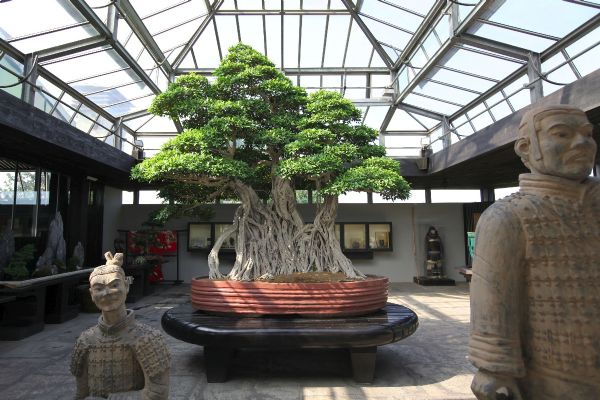
7 Oldest Bonsai Trees in the World | Oldest.org
150 year old Mountain Hemlock by Bob King at the Portland Japanese Garden. Second pic is the same Bonsai from a different angle to show the amazing structure he developed. : Bonsai
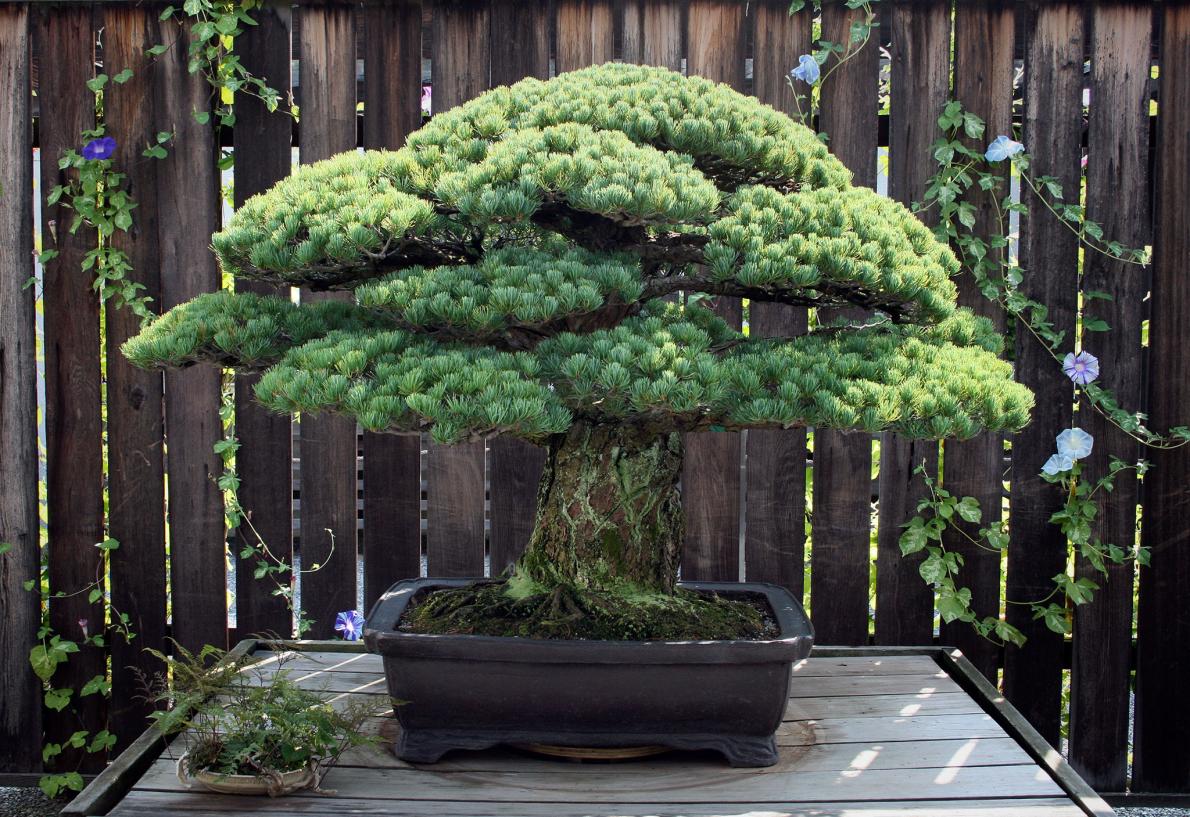
7 Oldest Bonsai Trees in the World | Oldest.org

Meet the 26-year-old aspiring bonsai master of Washington, DC - ABC News
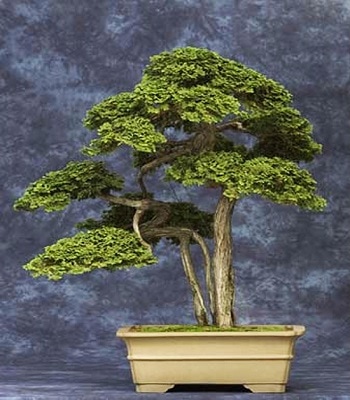
7 Oldest Bonsai Trees in the World | Oldest.org
Oldest Bonsai And Ficus Ginseng | Bonsai Ginseng

40 Of The Most Beautiful Bonsai Trees Ever | Bored Panda

The safe return of two bonsai trees restores a piece of Japanese American history | Crosscut

5 Oldest Bonsai Trees In The World | Bonsai Tree Gardener

The 7 Oldest Bonsai Trees in the World! - Bonsai Sanctum
Brussel's Bonsai 10-in Green Mound Juniper in Clay Planter (Dt4002gmj) in the House Plants department at Lowes.com

The 7 Oldest Bonsai Trees in the World! - Bonsai Sanctum

Bonsai - Wikipedia
Thieves stole bonsai trees worth thousands. The museum just wants them back | CNN Travel

These are the Oldest Bonsai Trees in the World - Natural Living - NurseryLive Wikipedia
/https://public-media.si-cdn.com/filer/b3/22/b322cc76-01ad-4532-8392-7913dc88ecbf/screen_shot_2020-02-12_at_45042_pm.png)
Two Stolen Bonsai Trees 'Mysteriously' Returned to Washington State Museum | Smart News | Smithsonian Magazine

Bonsai Perfection, 150 Years Old | Bonsai Bark #hydroponicsflowers | Bonsai tree, Bonsai tree types, Bonsai forest

Small is beautiful, green and a labour of 35 years | Pune News - Times of India
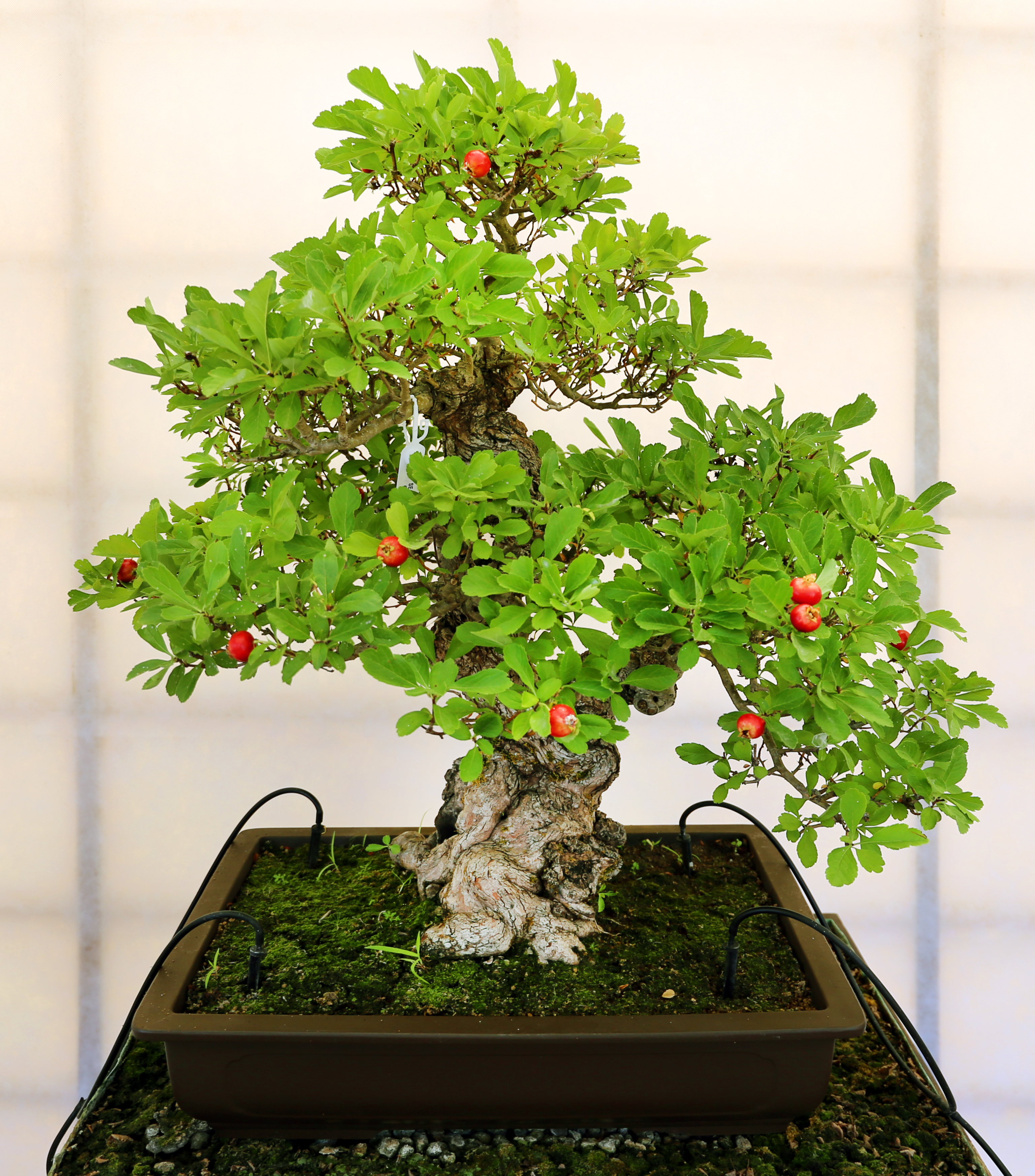
Bonsai - Wikipedia

Master bonsai grower calls on thief of 400-year-old tree to water plant

Brussel's Bonsai 8-in Chinese Elm- Feature and Use Setting Shot in Clay Planter (Ct9006ce) in the House Plants department at Lowes.com
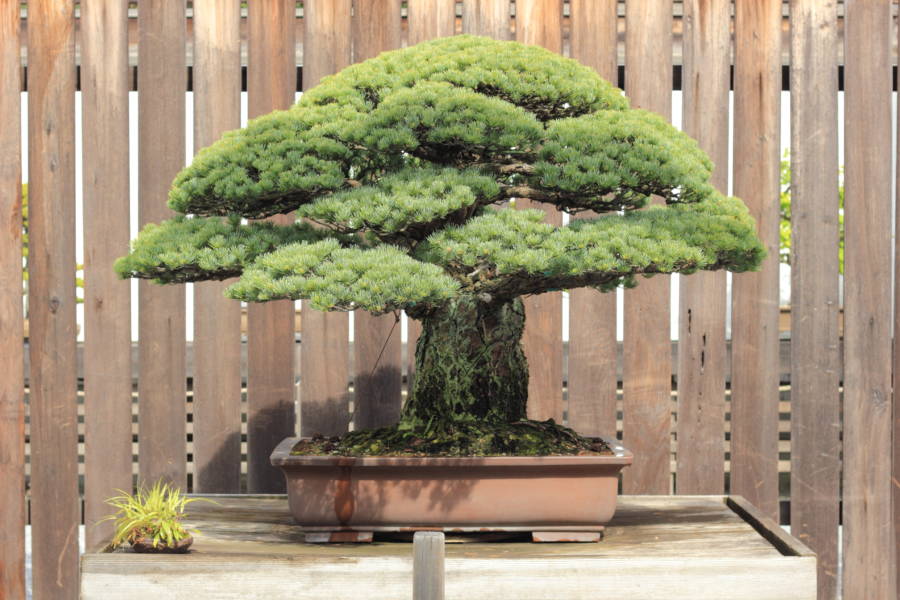
This Bonsai Has Survived 392 Years And Not Even Hiroshima Could Kill It

Bonsai | Audubon
I see your 150 and 270 year old bonsai tree and give you this 800 year old beauty.: pics
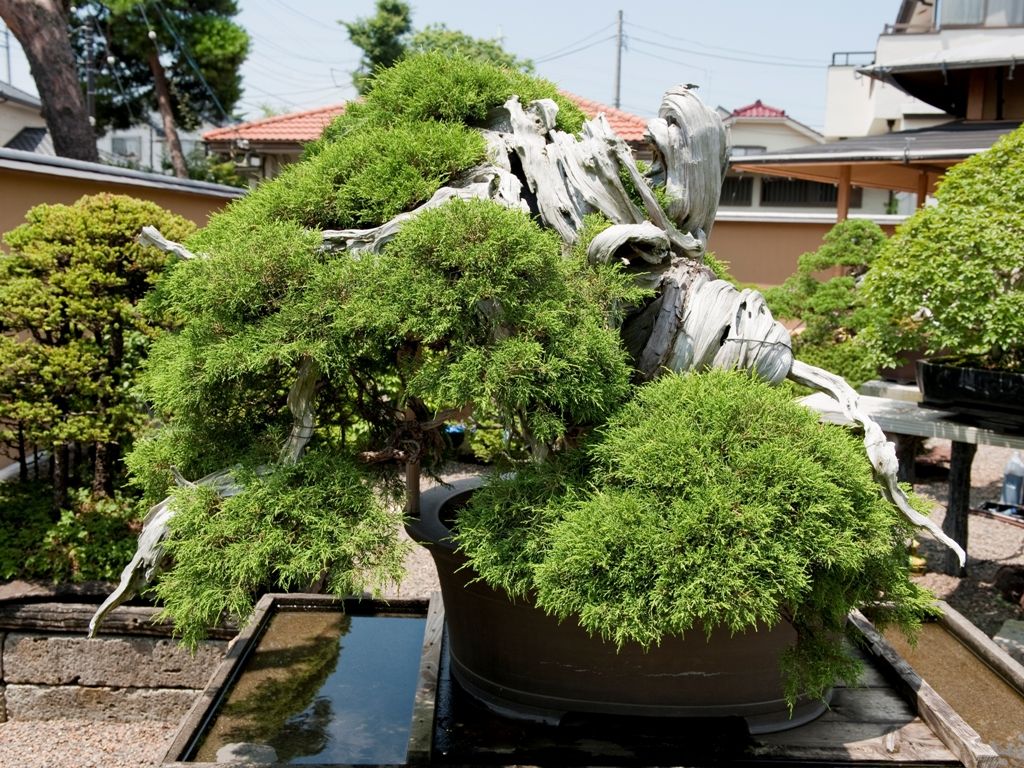
7 Oldest Bonsai Trees in the World | Oldest.org
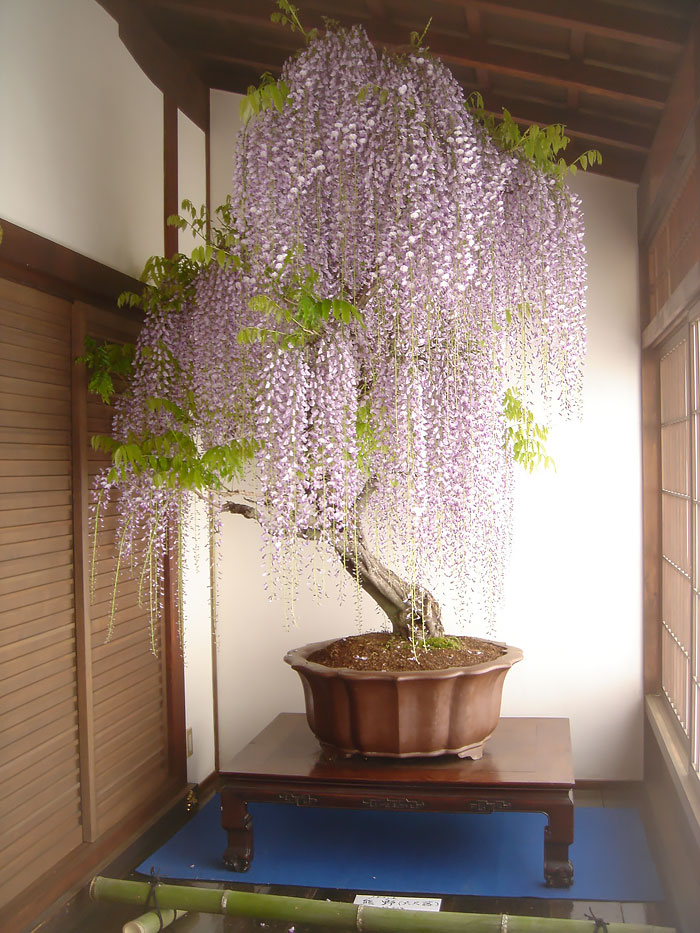
30+ Of The Most Beautiful Bonsai Trees Ever

The 400 Year Old Bonsai Tree - Ashley Hackshaw / Lil Blue Boo
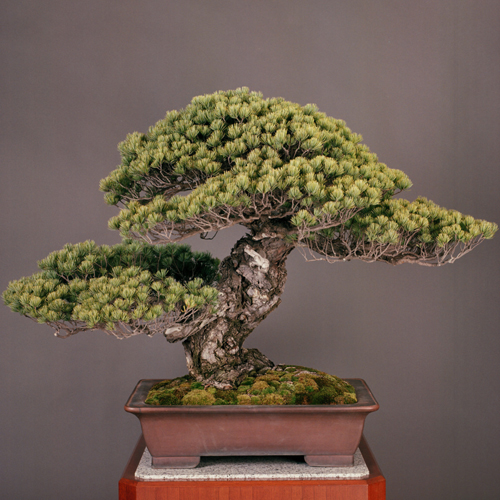
7 Oldest Bonsai Trees in the World | Oldest.org

Bonsai Juniperus Chinensis. The Age Of About 150 Years. Stock Photo, Picture And Royalty Free Image. Image 94616579.

Amazon.com: Artificial Bonsai Tree - Fake Plant Decoration, Potted Artificial House Plants, Japanese Pine Bonsai Plant, for Decoration, Desktop Display, Zen Garden Décor - 10.3 x 5 x 9.4 Inches: Home & Kitchen
Bonsai master takes hobbit-size trees to Philadelphia Flower Show

Bonsai tree stolen in Japan: Owners hope 400-year-old tree is watered
Training bonsai trees — that's 'bone-sigh' - Farm and Dairy
Post a Comment for "150 year old bonsai tree"